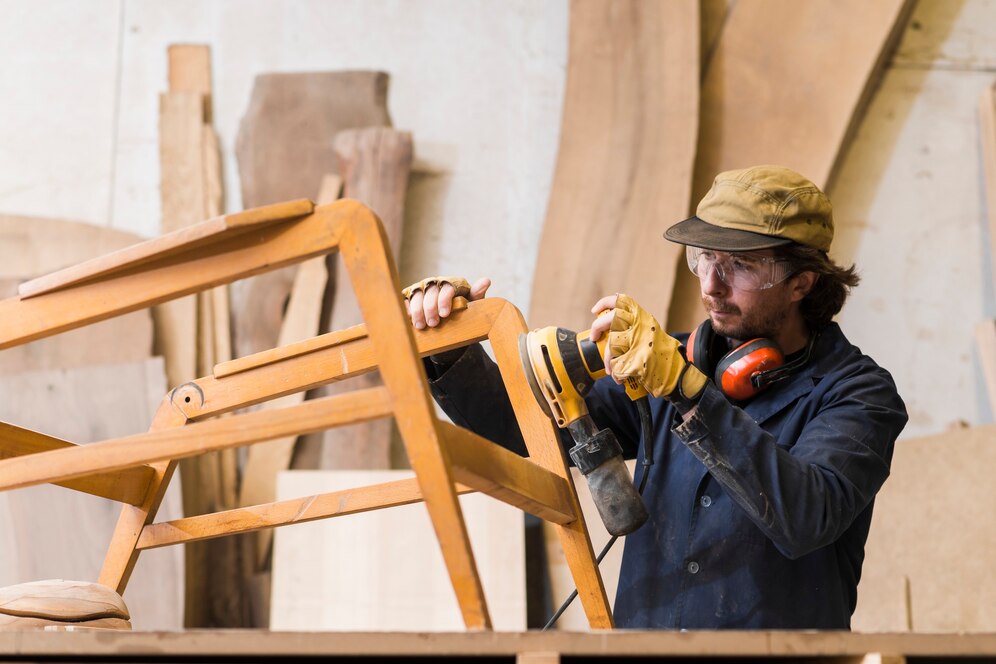The Basics of SMT Technology: An article on SMT technology.
Are you familiar with SMT assembly technology? Surface Mount Technology (SMT) is a technique used in electronic component manufacturing that has revolutionized the industry. With its numerous benefits and advantages, it’s no wonder why more and more companies are adopting this approach. In this blog post, we’ll take an in-depth look at SMT technology – from its history to how it works, and what sets it apart from other methods. So if you’re curious about SMT assembly or looking for insights on how to improve your electronics manufacturing process, keep reading!
What is SMT?
SMT, or Surface Mount Technology, is a method of electronic component manufacturing that involves mounting components directly onto the surface of printed circuit boards (PCBs). This process eliminates the need for through-hole technology used in traditional PCB assembly. Through-hole technology requires drilling holes into the board and inserting leads through them before soldering.
SMT Assembly makes use of smaller components with finer lead pitches than their through-hole counterparts. These small-sized parts can be densely packed on a PCB, making it possible to create more compact devices like smartphones and laptops.
The SMT process involves placing tiny electronic components including resistors, capacitors, diodes and integrated circuits onto pads on the PCB’s surface. Then these components are held in place during reflow soldering using a paste made from metallic alloys like tin-lead or silver-copper.
SMT has been adopted by many electronics manufacturers due to its advantages over other methods such as cost-effectiveness, higher production speed and greater flexibility in design options.
The History of SMT
The history of SMT, or surface-mount technology, dates back to the early 1960s when it was first introduced as a concept. However, it wasn’t until the 1980s that SMT began to gain widespread popularity in the electronics manufacturing industry.
Before SMT, through-hole technology was used for electronic components. This involved drilling holes into printed circuit boards and inserting components with leads that would be soldered on both sides of the board. Through-hole technology had limitations including size constraints and difficulty in creating complex circuits.
SMT revolutionized electronic assembly by eliminating holes on PCBs and using smaller components with flattened metal contacts called “leads” that could be directly attached to the surface of a PCB with solder paste. The process took less time than through-hole assembly because there were no holes drilled during production which meant faster manufacturing times at lower costs.
Thanks to advancements in computer-aided design (CAD) software and robotics automation systems, today’s SMT is even more efficient and precise than ever before!
How SMT Works
Surface Mount Technology (SMT) is a process used to construct electronic circuits where the components are mounted directly onto a circuit board. The technology itself has been around since the 1960s but has seen significant growth in recent years due to its ability to produce small, lightweight and efficient electronic devices.
The SMT process begins with designing the circuit board layout using Computer-Aided Design (CAD) software. This design is then printed on a copper-clad substrate material which will form the basis of the circuit board.
Next, solder paste is applied to designated areas on the board where components will be placed. These areas are typically referred to as “pads”. The solder paste acts as an adhesive for component placement and also aids in electrical conductivity between components and pads.
Components such as resistors, capacitors, diodes etc. are then placed onto these pads using pick-and-place machines which accurately position them based on their pre-defined location within CAD software.
After all of the components have been placed on their respective pads, they undergo reflow soldering. Reflow soldering involves heating up both the component leads/pads and solder paste at high temperatures until they melt together forming strong mechanical and electrical connections.
Once this step is complete, any excess flux or residue from manufacturing processes are cleaned off with solvents leaving behind a clean surface mount assembly ready for testing and quality control checks before shipment to end-users.
SMT provides many advantages over traditional through-hole methods including higher precision manufacturing capabilities resulting in smaller size products while improving functionality overall.
The Advantages of SMT
SMT, or Surface Mount Technology, has become the preferred method of PCB assembly in recent years due to its many advantages over traditional through-hole technology.
One major advantage of SMT is its size. The small components used in SMT allow for much higher component density on a circuit board. This means smaller and more compact devices can be produced without sacrificing functionality.
Another advantage is that SMT allows for faster production times and lower costs compared to through-hole technology. Since the components are mounted directly onto the surface of the board, there is no need for drilling holes and manually inserting each component into place.
SMT also provides improved electrical performance due to shorter signal paths between components, resulting in less interference and better signal integrity.
The advantages of SMT have made it an industry standard for modern electronics manufacturing. Its ability to produce smaller devices with improved performance at a lower cost makes it an attractive option for manufacturers looking to stay competitive in today’s market.
The Disadvantages of SMT
One of the main disadvantages of SMT technology is its sensitivity to heat. The small size and close proximity of components on a board make it more challenging to dissipate heat effectively, which can lead to thermal stress and potentially cause solder joints to crack or fail over time.
Another disadvantage is that SMT components are generally not as easy to repair or replace as through-hole components. This is because they are often mounted directly onto the surface of the board, making it difficult to access them without specialized equipment.
Additionally, SMT assembly requires greater precision and accuracy during production since any misalignment or error during placement can result in component failure. As a result, skilled technicians with specialized training are necessary for successful implementation.
Some electronic devices may require certain types of through-hole components due to their specific functions. In such cases, using purely SMT technology may not be possible or practical.
Despite these drawbacks, SMT remains a popular choice due to its many advantages over traditional through-hole assembly methods in terms of efficiency and cost-effectiveness.
Conclusion
To wrap up, SMT technology has revolutionized the electronics industry by enabling manufacturers to produce smaller, lighter and more efficient devices. It offers numerous benefits including higher component density, faster production times, lower costs and improved reliability.
While SMT technology does have some disadvantages such as increased complexity of assembly and limitations on components suitability for high-temperature applications, it remains the preferred method of PCB assembly due to its many advantages.
As demand for smaller and smarter electronic devices continues to grow across various industries such as aerospace, automotive and medical equipment manufacturing sectors, we can only expect that SMT will continue to play a crucial role in their development.
Understanding the basics of SMT technology is essential for anyone involved in electronics design or manufacturing today. With this knowledge in hand you’ll be better equipped to make informed decisions about which types of PCBs are best suited for your specific needs. Learn more>>>
 English
English 




























































































































































